Archive for Signs
October 10, 2023 @ 11:36 pm· Filed by Victor Mair under Lost in translation, Signs
From Nick Tursi in Qatar:

Read the rest of this entry »
Permalink
August 15, 2023 @ 7:56 am· Filed by Victor Mair under Bilingualism, Language and entertainment, Puns, Signs
From Tom Mazanac:
I came across this sign on the subway recently:

Read the rest of this entry »
Permalink
August 13, 2023 @ 10:32 am· Filed by Victor Mair under Lost in translation, Signs
On the inside (N.B.) doors of a lift in Wuhan (yes that [in]famous Wuhan):
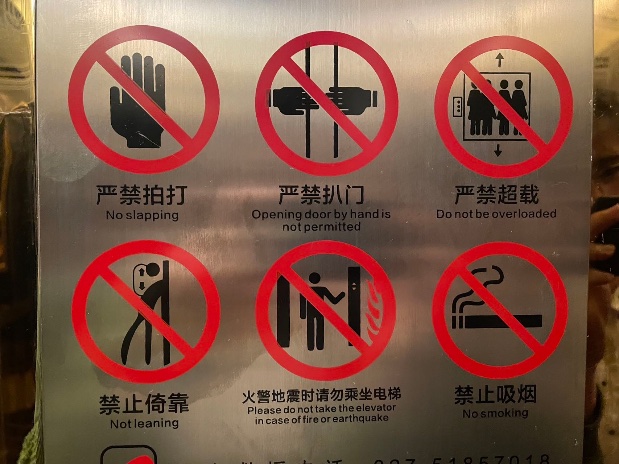
Read the rest of this entry »
Permalink
August 9, 2023 @ 12:03 am· Filed by Victor Mair under Lost in translation, Signs
The following photo is from Guanghzhou and was taken recently by David Lobina's partner who’s there now.
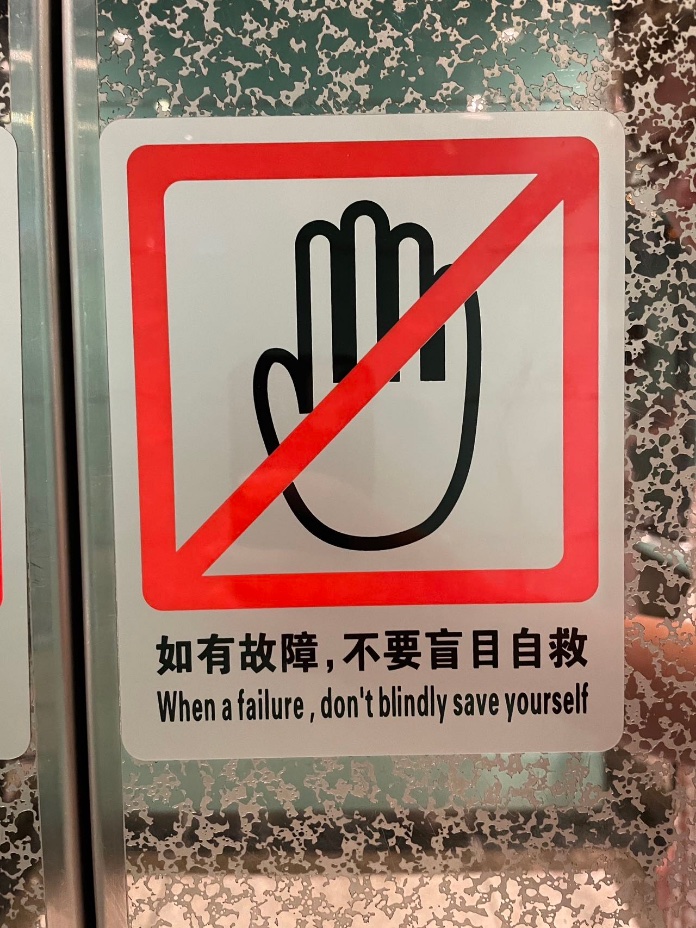
Read the rest of this entry »
Permalink
July 22, 2023 @ 10:48 am· Filed by Victor Mair under Language and society, Lost in translation, Signs
Notice in a men's room at Dunhuang, far western Gansu Province:
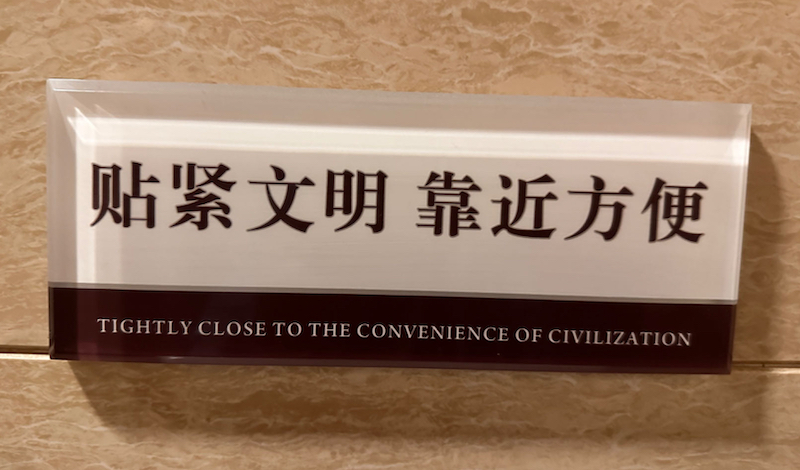
Read the rest of this entry »
Permalink
July 17, 2023 @ 9:42 pm· Filed by Victor Mair under Signs, Topolects, Transcription, Writing systems
Photo taken outside a casino in Tainan, Taiwan:
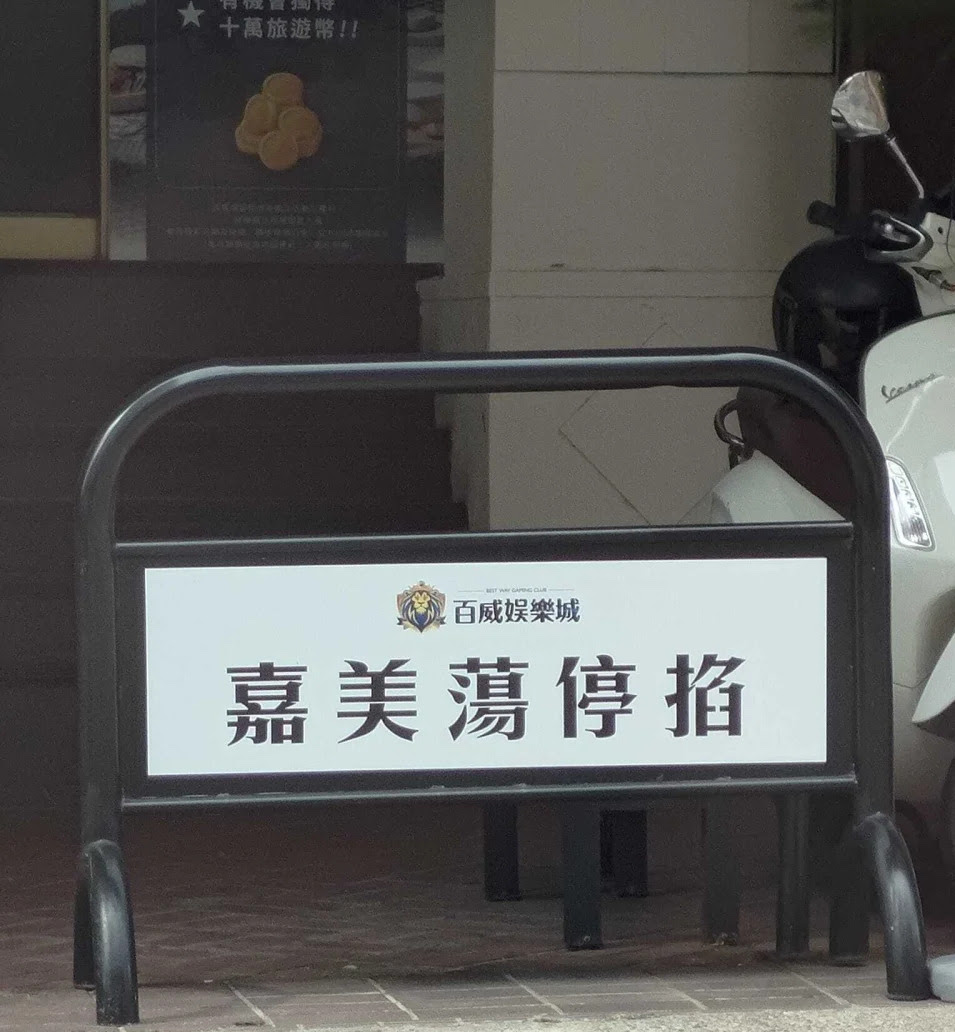
Read the rest of this entry »
Permalink
July 11, 2023 @ 11:59 pm· Filed by Victor Mair under Lost in translation, Signs
Dunhuang (see here and here) is turning out to be a Chinglish goldmine. Maybe that's because it's so far out in the remote, desolate, desert northwest.
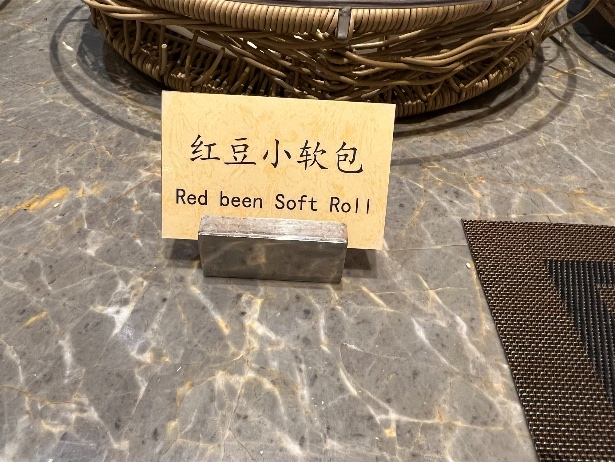
Read the rest of this entry »
Permalink
July 7, 2023 @ 11:50 pm· Filed by Victor Mair under Lost in translation, Signs
Sign at Dunhuang, at the western end of the Gansu Corridor in northwestern China, where I did my doctoral research more than half a century ago (there were no signs like this in those days):
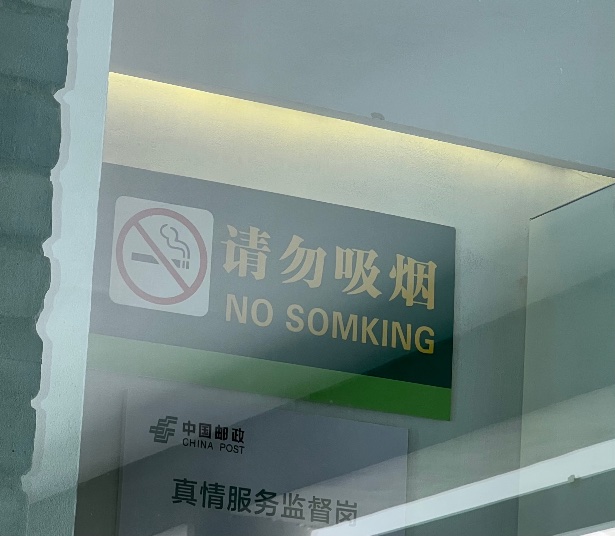
Read the rest of this entry »
Permalink
June 25, 2023 @ 4:02 pm· Filed by Victor Mair under Lost in translation, Signs
Photograph taken in Hong Kong:
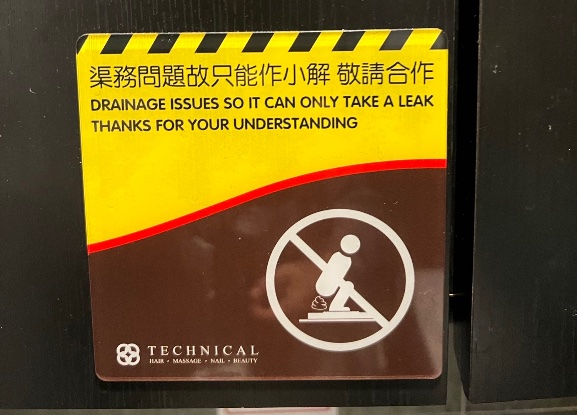
Read the rest of this entry »
Permalink
May 10, 2023 @ 9:36 pm· Filed by Victor Mair under Errors, Phonetics and phonology, Signs
[This is a guest post by Scott Mauldin]
I recently visited Marrakesh and was fascinated by the signs that I submit in the attached photographs. Ostensibly these were originally a kind of business sign that artisans and professionals could hang on their businesses or homes to advertise their profession, but they have evolved into something slightly different for touristic consumption as they now sometimes feature the faces of celebrities or even items.
They're interesting in themselves as a cultural item, but if you look closely at the photos the truly fascinating bit are the "errors" and deviations from standard French spelling. These signs are often made by artisans without a formal education in French and sometimes are phonetic renderings that encode Maghrebi French pronunciations.
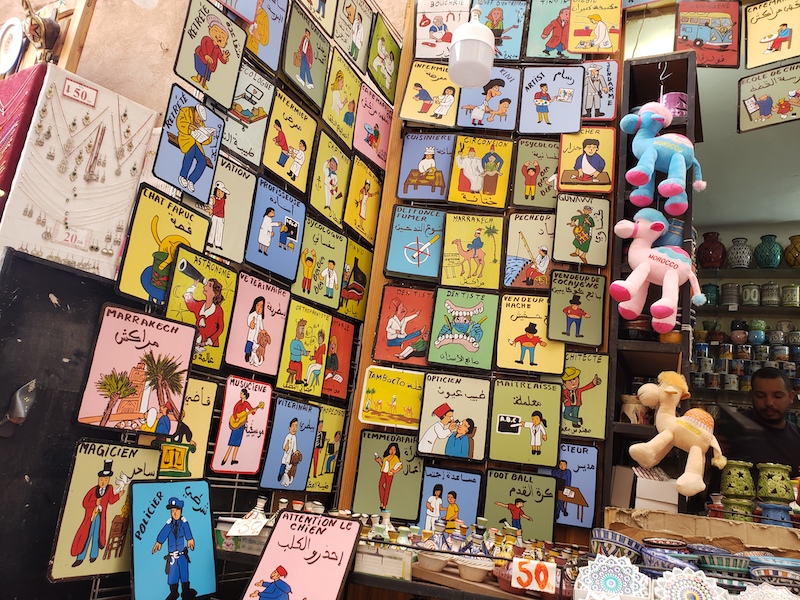
Read the rest of this entry »
Permalink
May 2, 2023 @ 10:45 pm· Filed by Victor Mair under Lost in translation, Negation, Signs
And no dabbling either (see "Selected readings").
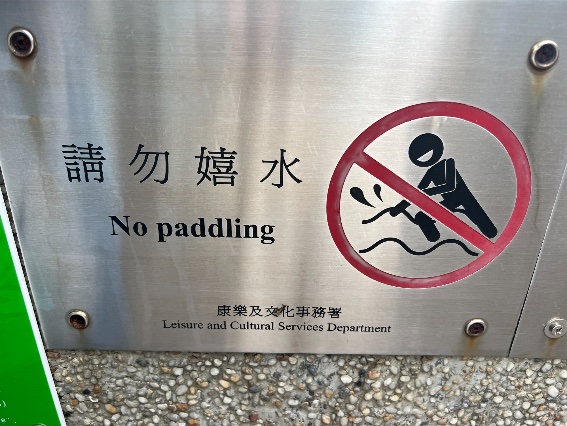
Read the rest of this entry »
Permalink
April 8, 2023 @ 11:36 pm· Filed by Victor Mair under Signs, Translation
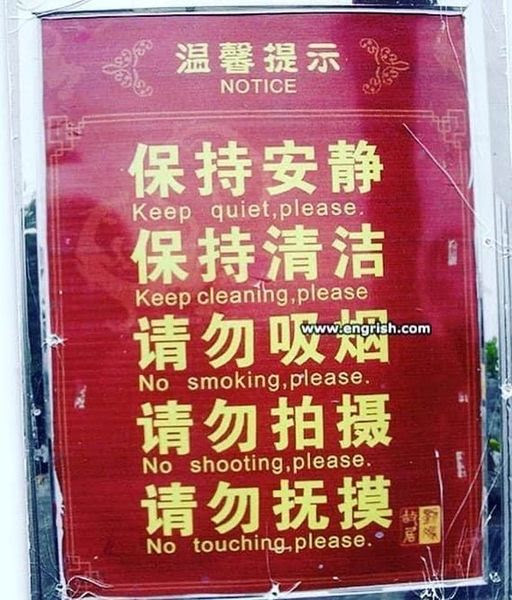
Read the rest of this entry »
Permalink
January 16, 2023 @ 1:17 pm· Filed by Victor Mair under Lost in translation, Multilingualism, Signs
Enigmatic East Asian sign:

Read the rest of this entry »
Permalink












